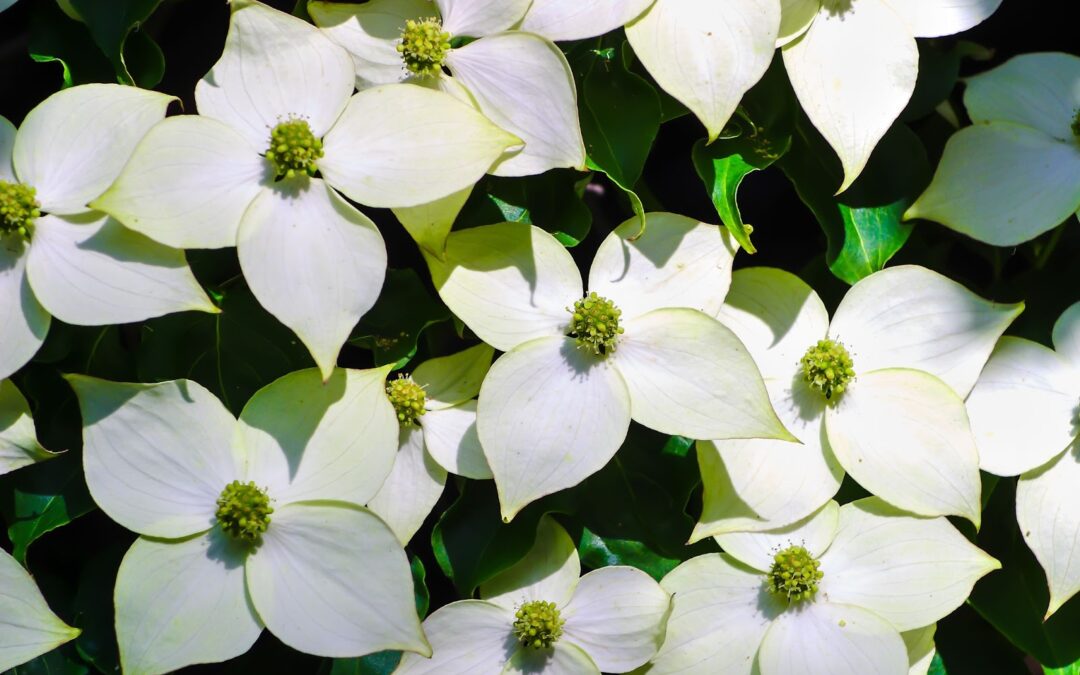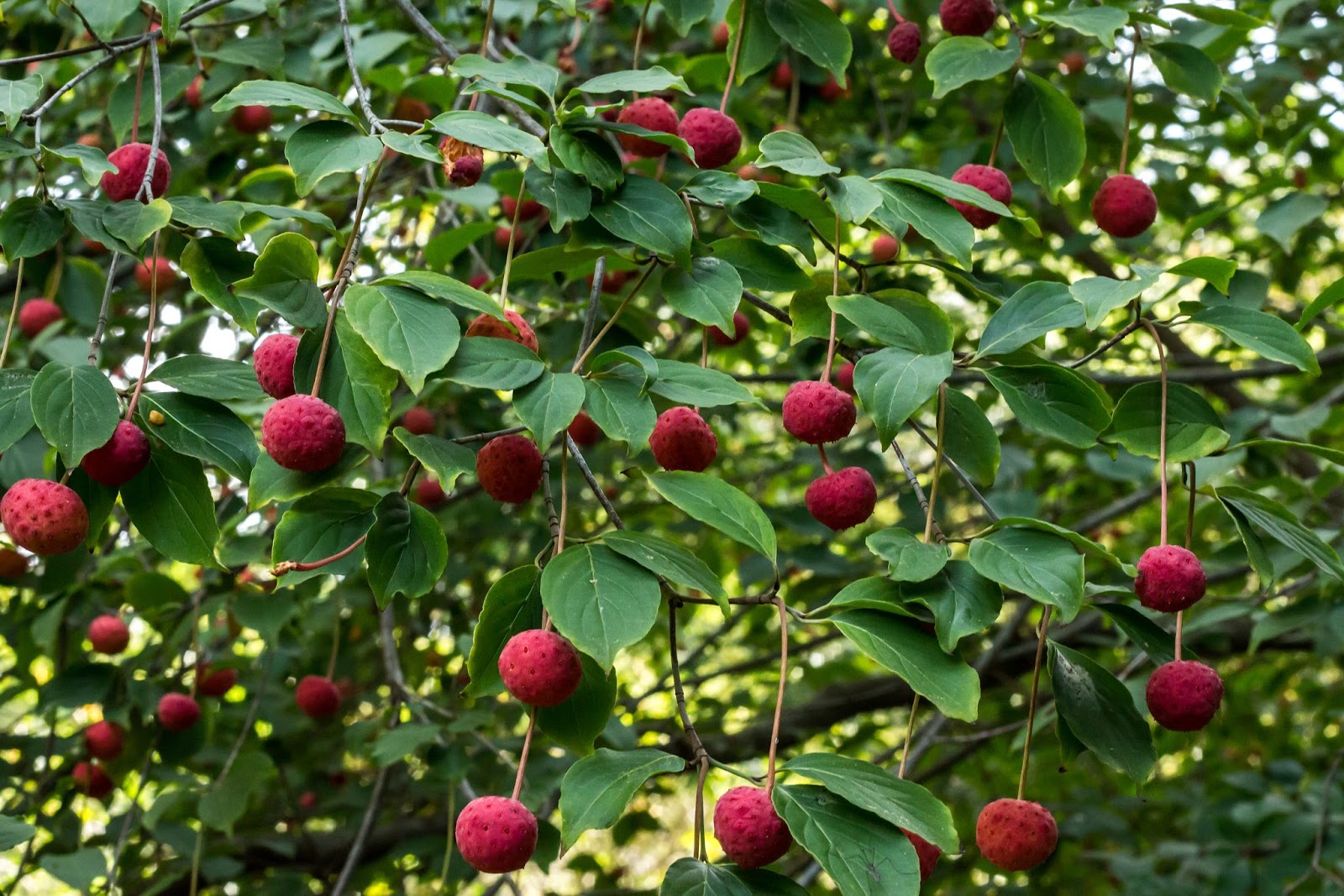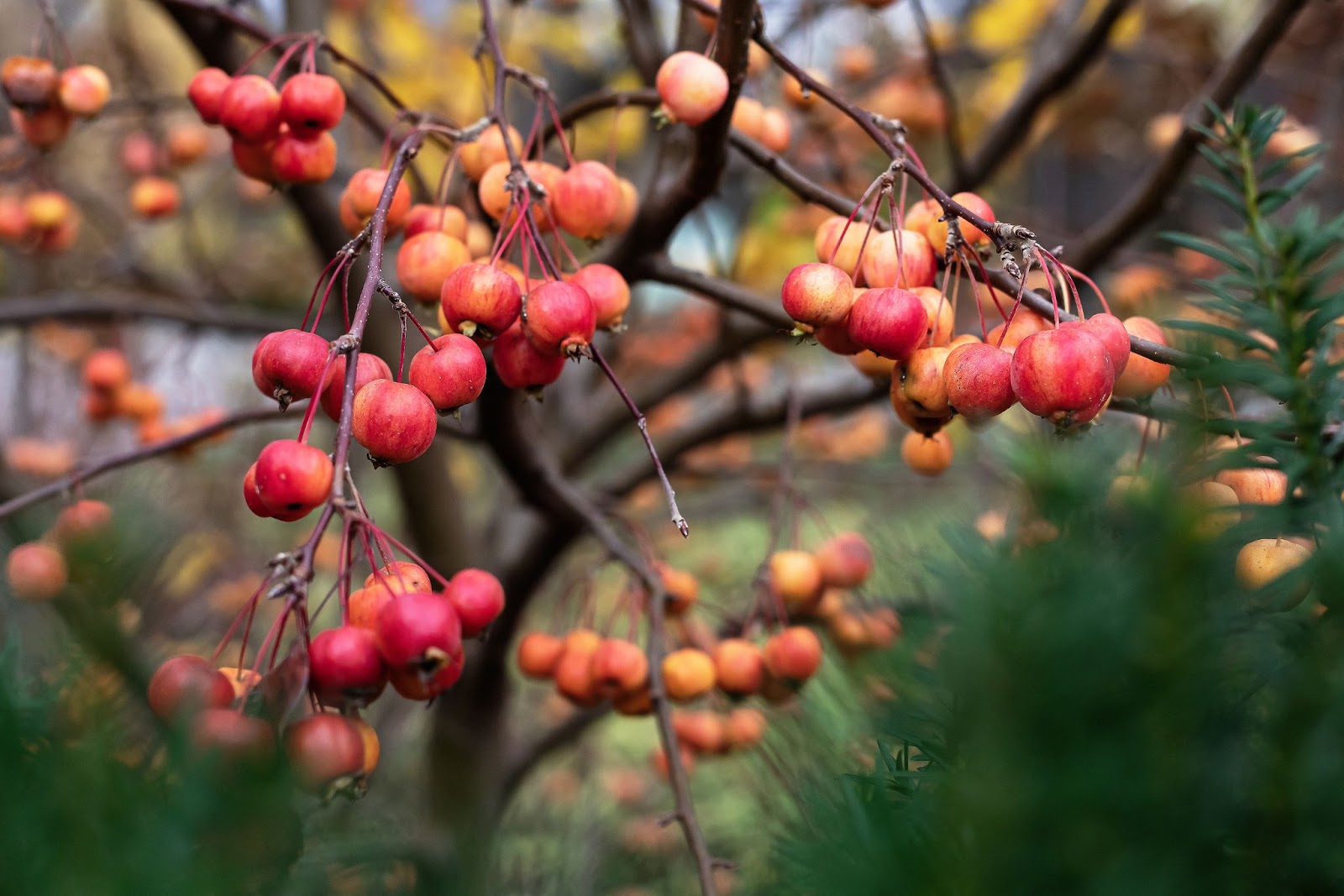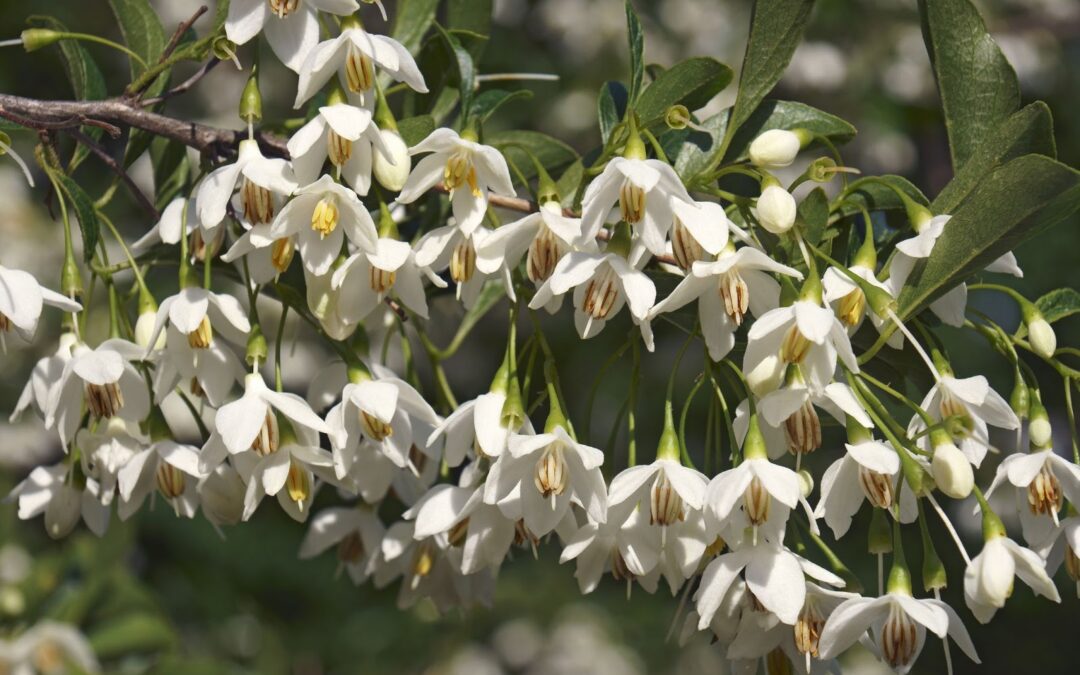
Flowering Tree Profiles: Japanese Snowbell (Styrax japonicus)
Plant a Japanese Snowbell in Your Yard
The Japanese snowbell tree is one of the most stunning small trees that you can plant in your garden or use as a street tree. It originates from China and Japan and is a perfect addition to woodland, Asian, or Japanese-style gardens. It’s in the family Styracaceae, which contains trees and shrubs from Asian and North and South American countries.
Styrax japonicus (sometimes called Styrax japonica) provides a profusion of small, pendulous flowers in late spring and early summer that emerge along horizontal branches, hanging below the leaves. The visual effect they make is stunning! The fragrant, delicate, nodding white flowers with their yellow anthers provide a pleasing contrast with the upward-growing, shiny, dark green leaves of the tree.
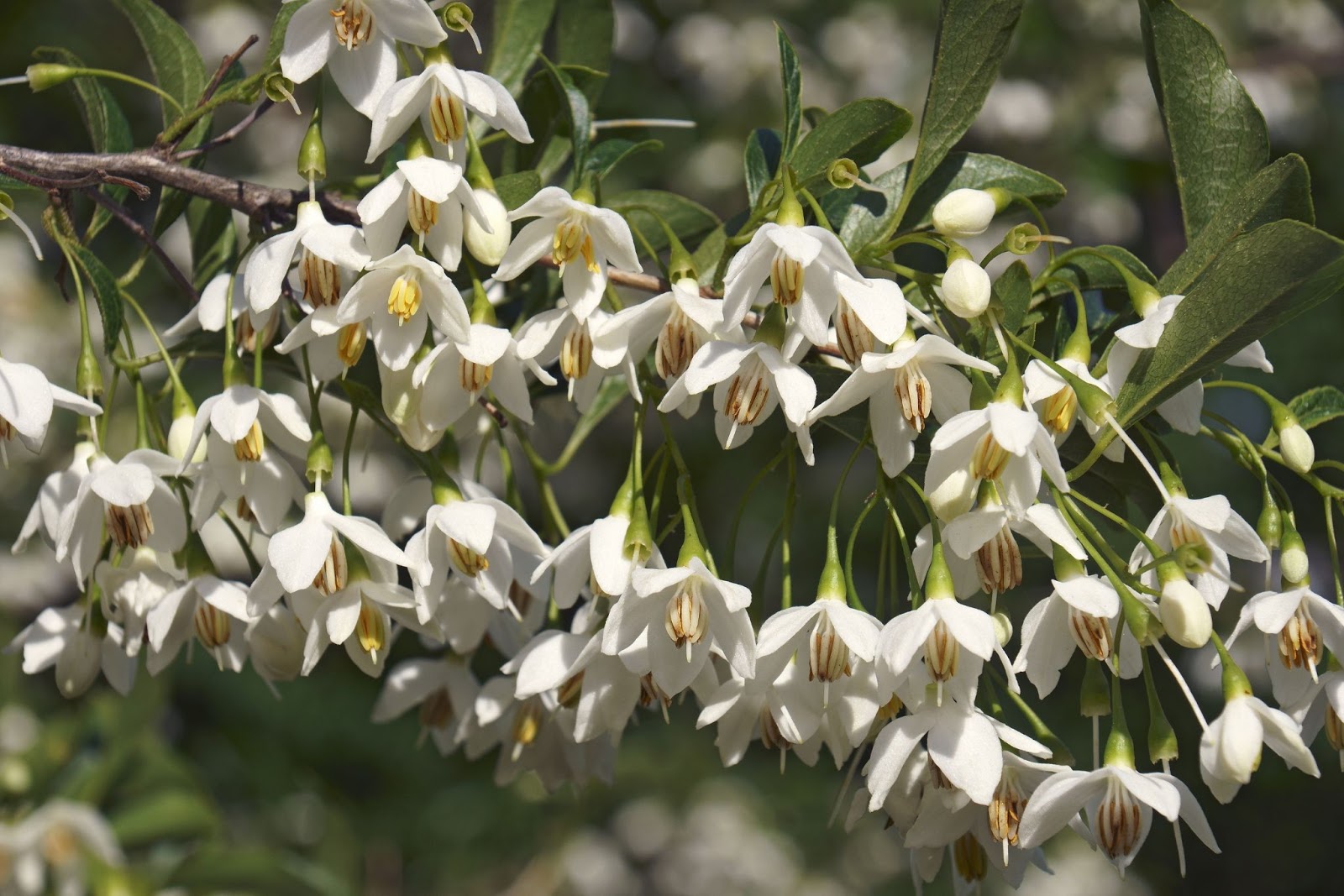
These deciduous trees are slow-growing, reach approximately 15-30’ high and wide, and are pyramidal in shape. They tend to have a multi-trunked form but can be trained to have a central leader (trunk) for a more traditional tree structure. They are hardy trees, appropriate for planting in USDA Zones 5-8a.
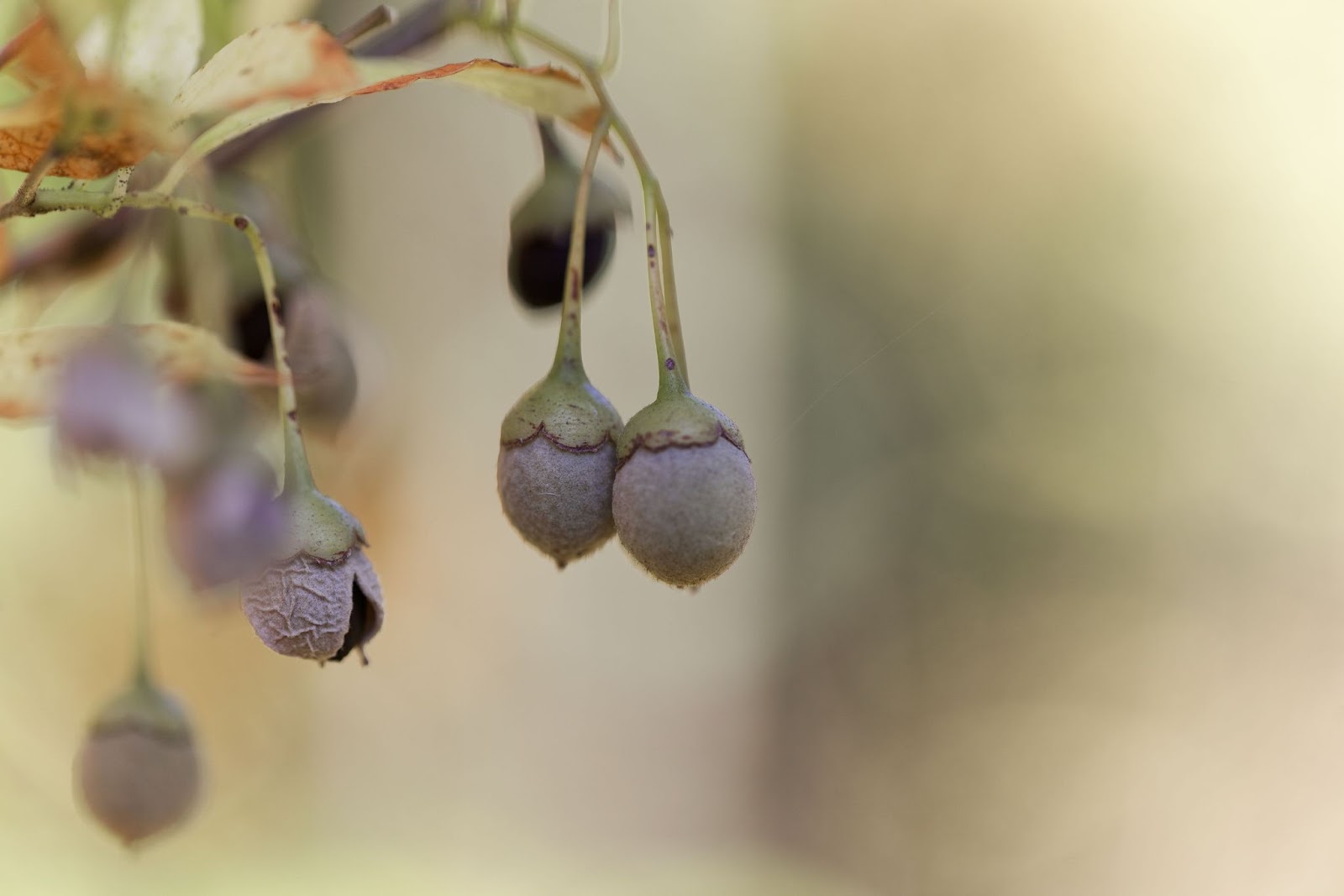
Japanese Snowbell Care
The Japanese snowbell tree prefers full sun to partial shade. Some shade in hotter climates will protect the tree from scorching. It prefers its roots planted in slightly acidic, rich, and well-drained soil. They require regular watering to keep the soil damp but not soggy. And as with all trees, they’ll need additional water when first planting to establish a strong and resilient root system. Once established, they’ll need only an occasional deep watering in the summer.
Fertilize your trees with a general purpose fertilizer dug into the ground around the feeding roots in early spring. Pruning is best undertaken in late winter or early spring, before the leaves emerge, so the tree structure can be easily seen. The Snowbell tree will need some training to develop into a tree form, rather than a multi-trunked shrub. As it matures, lower branches close to the ground can be removed for clearance and to define the shape of the tree.
Styrax japonicus loses its leaves in the fall after they turn yellow and sometimes red. Their fall color is attractive but not showy. Their best season is definitely spring where they compete with the best spring bloomers!
Common Cultivars
- Styrax japonicus ‘Pink Chimes’ is a smaller variety with lovely, pale pink flowers. It grows to around 10-25’ tall and wide and forms a large shrub or a small tree. The branches tend to grow from horizontal to slightly weeping as they age, giving the tree an attractive shape.
- Styrax japonicus ‘Carillon’ is a smaller shrub than other varieties but beautiful nonetheless. It grows 8-10’ tall and wide and has an elegant, weeping structure. It is perfect for smaller garden spaces that don’t have space for a tree.
- Styrax japonicus ‘Emerald Pagoda’ is a larger version of the straight species Styrax japonicus. It can reach up to 30’ tall and wide. The branches and stems are bigger and so are the white flowers, reaching almost 1” across. This tree provides an amazing display of flowers in the spring and beautiful yellow fall color.
Contact Frontier Tree Service to help you select and plant the right Japanese snowbell tree for your yard.

